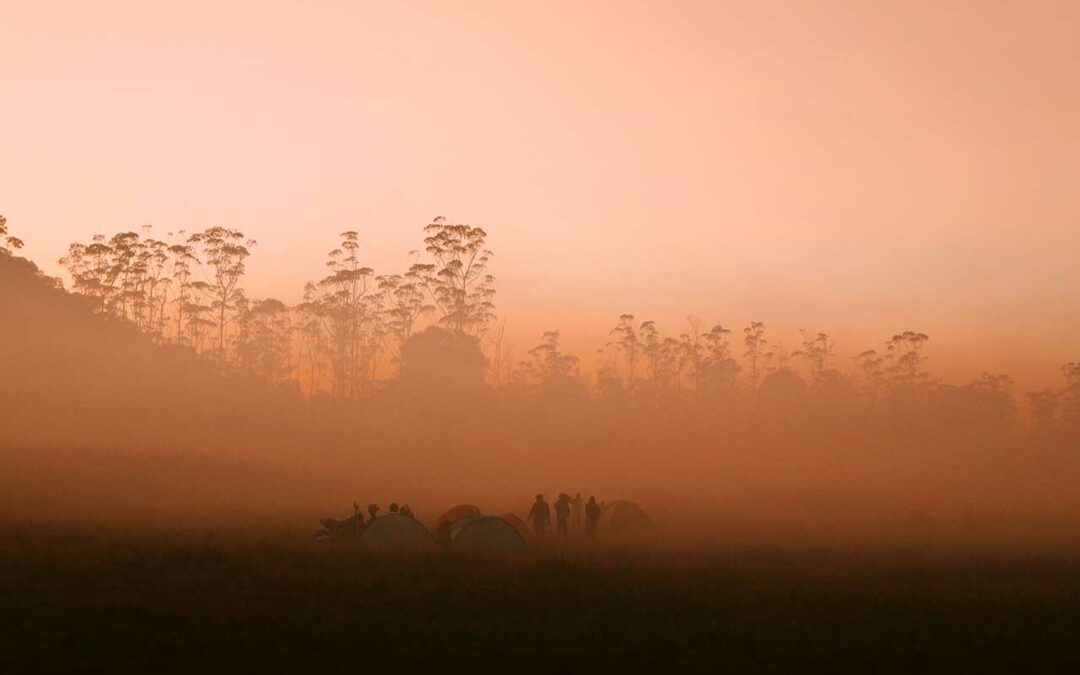There has been a debate back to the day of the cavemen about predicting the best times of good hunting for whitetail deer. Many a long afternoon at the local garage has been spent in more recent debates on the subject. The ability of computers to analyze large amounts of data, and the development of the internet which allows gathering and sharing of data combine to offer some “facts.”
Here are some data supported conclusions which might be helpful to choosing the best hunting conditions:
One two decade study of 35,000 hunter days and weather statistics yielded several conclusions about when deer move.
- The most significant factor that improves the chance of deer daylight movement is temperature. The colder it is the more deer move about.
- Cloud cover is the second most predictive feature. Simply, the less the better. Bright days are best. Rainy days discourage movement.
- Wind velocity is the third factor. There is a straight line relationship between wind and movement. The stronger the wind the more movement there is.
Based on this study, the best day for whitetail deer hunting is very cold with little or no cloud cover, bright skies and high winds.
That study is supported and expanded by another statistically based one, focusing exclusively on bow hunting. Its findings show that the most powerfully predictive weather condition is barometric pressure. Barometric pressure by itself was the single biggest indicator of good trophy hunting; in fact, more powerful a predictor than any other two factors combined. The clearer the weather the more likely deer are to move. Its conclusions on temperature and wind speed were less dramatic.
An examination of large scale hunting data found some additional detailed insights as to the relationship of weather and deer movement.
- If your forecasted temperature is 5 to 10 degrees below your historical average, deer activity will increase by 30 to 55 percent.
- Days of lower humidity tend to produce more deer movement.
The work of deer expert Deer & Deer Hunting Northern Field Editor Charles Alsheimer reaches similar conclusions and even provides explanations in deer physiology.
- Heavy coats and limited cooling mechanisms mean that deer are less likely to move around when the air temperature is warm.
- Deer have the ability to sense oncoming storms and as fronts pass and the barometer rises, deer activity increases dramatically as long as the air temperature is not too warm.
These studies provide some level of explanation for the relationship between weather and deer movement. Each one found that the barometric pressure is by far the most powerful predictor of deer movement. Secondly, deer move less as the temperature s get higher than they are used to in their region, and finally, windy days are more likely to encourage deer to roam.


Recent Comments